Tibet, often referred to as the “Roof of the World,” is a mesmerizing destination with its unique culture, breathtaking landscapes, and spiritual aura. Planning a trip to Tibet requires careful consideration, as the region’s high altitude and remote location pose challenges. In this blog post, we’ll explore the best ways to travel to Tibet to ensure a memorable and comfortable journey.
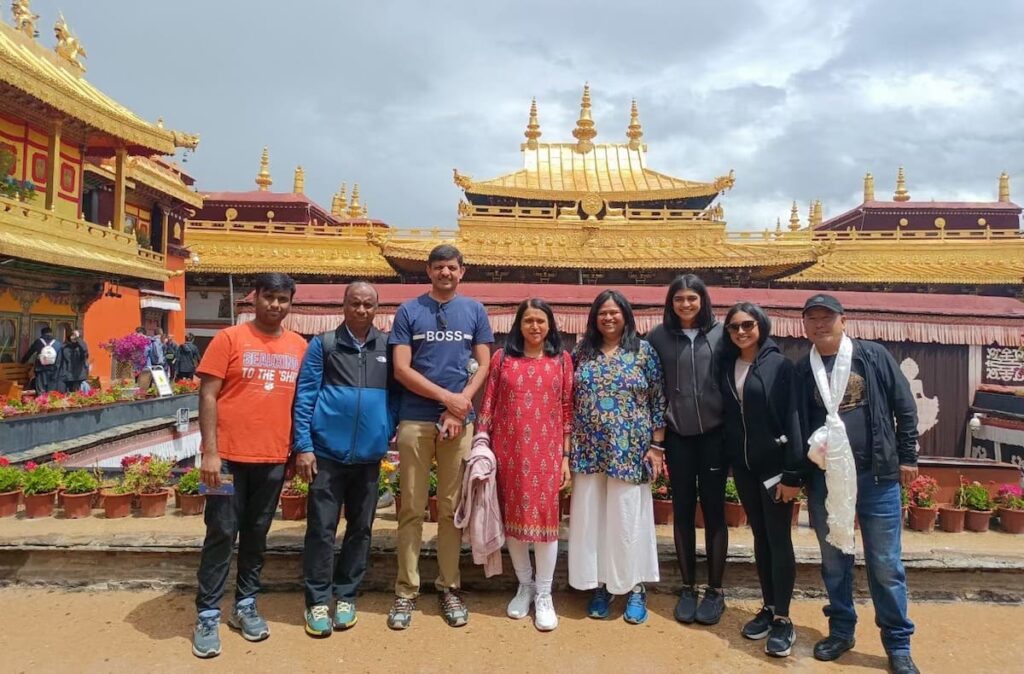
Flight to Tibet
Flying to Tibet is a popular and convenient way to access this remote and enchanting region. Here are some key details to consider when planning a flight to Tibet:
1. Gateway Cities:
Chengdu, Beijing, and Kathmandu are common gateway cities for flights to Tibet. International travelers often find connecting flights to these cities before boarding a direct flight to Lhasa Gonggar Airport.
2. Lhasa Gonggar Airport:
The main airport serving Tibet is Lhasa Gonggar Airport, located about 62 kilometers south of Lhasa. This airport is situated at a high altitude of approximately 3,570 meters (11,710 feet), making it one of the highest airports globally. Be prepared for breathtaking views during the descent.
3. Airlines:
Several Chinese airlines, including Air China, Tibet Airlines, and Sichuan Airlines, operate flights to Lhasa. Additionally, some international airlines may have codeshare agreements with Chinese carriers, facilitating smoother connections.
4. Direct Flights:
Direct flights to Lhasa are available from major Chinese cities like Chengdu, Beijing, Xi’an, and Kunming. These flights often provide a more direct and time-efficient way to reach Tibet.
5. Altitude Considerations:
Flying directly to Lhasa helps visitors gradually acclimatize to the high altitude, reducing the risk of altitude sickness. It’s essential to stay hydrated during the flight and avoid strenuous activities upon arrival.
6. Scenic Views:
The flight to Lhasa offers breathtaking views of the Himalayas, including majestic peaks like Mount Everest. Ensure you have a window seat to appreciate the stunning landscapes during the journey.
7. Timing and Seasonal Variations:
Flights to Tibet may be affected by weather conditions, particularly during the winter months. It’s advisable to check the seasonal variations and plan your trip accordingly, aiming for more favorable weather conditions in late spring, summer, and early autumn.
8. Duration of Flight:
The duration of flights to Lhasa varies depending on the departure city. Flights from Chengdu typically take around 3 hours, while flights from Beijing may take approximately 4 hours. The direct flight experience provides a quick and efficient way to reach Tibet.
9. Potala Palace View:
If you are flying into Lhasa during the day, you might be treated to a spectacular view of the iconic Potala Palace as the plane approaches the airport. This is a unique and awe-inspiring sight, setting the tone for your Tibetan adventure.
10. Airport Facilities:
Lhasa Gonggar Airport has basic facilities, including currency exchange, car rental services, and a few shops. However, it’s advisable to have essentials like snacks and water with you, especially if you have a long journey ahead to your final destination.
Flying to Tibet offers a comfortable and efficient way to access this extraordinary destination, allowing travelers to experience the majesty of the Tibetan plateau from the moment they arrive.

Overland trip to Tibet
Embarking on an overland trip to Tibet is a journey filled with adventure, stunning landscapes, and cultural immersion. Here are key details to consider when planning an overland trip to Tibet:
1. Qinghai-Tibet Railway:
One of the most iconic overland routes to Tibet is the Qinghai-Tibet Railway, renowned for being one of the highest railways globally. The journey takes passengers through diverse landscapes, including vast plains, snowy mountains, and high-altitude plateaus.
2. Starting Points:
The Qinghai-Tibet Railway usually starts from Xining, the capital of Qinghai Province in China. Xining serves as a practical starting point, providing a gradual ascent to higher altitudes, and aiding in acclimatization.
3. Scenic Landscapes:
The railway journey offers breathtaking views of the Tibetan plateau, the Kunlun Mountains, and the Tanggula Pass, which is the highest point on the railway at over 5,000 meters (16,400 feet). Passengers can witness the changing scenery from lush plains to the stark beauty of the Tibetan plateau.
4. Train Amenities:
Trains on the Qinghai-Tibet Railway are equipped with oxygen supplies to help passengers cope with the high-altitude conditions. The train journey typically takes around 20 hours to reach Lhasa, allowing travelers to relax and enjoy the scenery.
5. Road Trips from Chengdu or Kathmandu:
For those seeking a more adventurous route, overland road trips to Tibet are a fantastic option. Chengdu in China and Kathmandu in Nepal are common starting points for road journeys to Tibet. These trips provide an opportunity to witness diverse landscapes and immerse yourself in local cultures.
6. Altitude Considerations:
As with any overland journey to Tibet, it’s crucial to consider the high altitude. Traveling overland allows for a more gradual ascent, giving your body time to acclimatize. Be mindful of symptoms of altitude sickness and plan for adequate rest stops.
7. Cultural Stops:
An overland trip to Tibet allows for stops in towns and villages along the way, providing opportunities to interact with local communities, visit monasteries, and gain insights into Tibetan culture. Popular stops include Gyantse, Shigatse, and Sakya.
8. Permits and Documentation:
Ensure you have the necessary permits for overland travel in Tibet, including the Tibet Travel Permit and other permits required for specific regions. These are essential for accessing certain areas along the journey.
9. Vehicle and Guide:
If undertaking a road trip, consider hiring a local driver and guide familiar with the terrain and regulations. This enhances the overall experience, as they can provide valuable insights into the local culture and help navigate the challenging roads.
10. Seasonal Considerations:
Weather conditions can vary significantly depending on the season. Plan your overland trip during the warmer months (late spring to early autumn) to avoid potential road closures and challenges posed by winter weather.
An overland trip to Tibet offers a unique and immersive experience, allowing travelers to witness the beauty of the landscapes, connect with local cultures, and appreciate the gradual transition into the mystical realm of the Tibetan plateau.

Tibetan Cultural Tours
Embarking on a Tibetan cultural tour is a captivating journey that provides a deep dive into the rich heritage, spiritual traditions, and unique way of life in this mystical region. Here’s an elaboration on what to expect during a Tibetan cultural tour:
1. Potala Palace:
Start your cultural exploration with a visit to the iconic Potala Palace in Lhasa. This grand structure served as the winter residence of the Dalai Lama and is a UNESCO World Heritage Site. Explore its majestic halls, chapels, and stunning views of the city.
2. Jokhang Temple:
Jokhang Temple, situated in the heart of Lhasa, is a sacred pilgrimage site. Marvel at the intricate architecture, vibrant murals, and the Jowo Shakyamuni, a revered statue of Buddha. The temple holds immense cultural and religious significance for Tibetans.
3. Barkhor Street:
Wander through the bustling Barkhor Street surrounding Jokhang Temple. This vibrant market is an excellent place to engage with local life, shop for traditional Tibetan crafts, and witness pilgrims circumambulating the Jokhang Temple.
4. Drepung and Sera Monasteries:
Explore the ancient monastic complexes of Drepung and Sera. Drepung Monastery, once the largest monastery in the world, offers a glimpse into Tibetan Buddhism’s history. At Sera Monastery, witness the lively debates among monks—a unique and animated tradition.
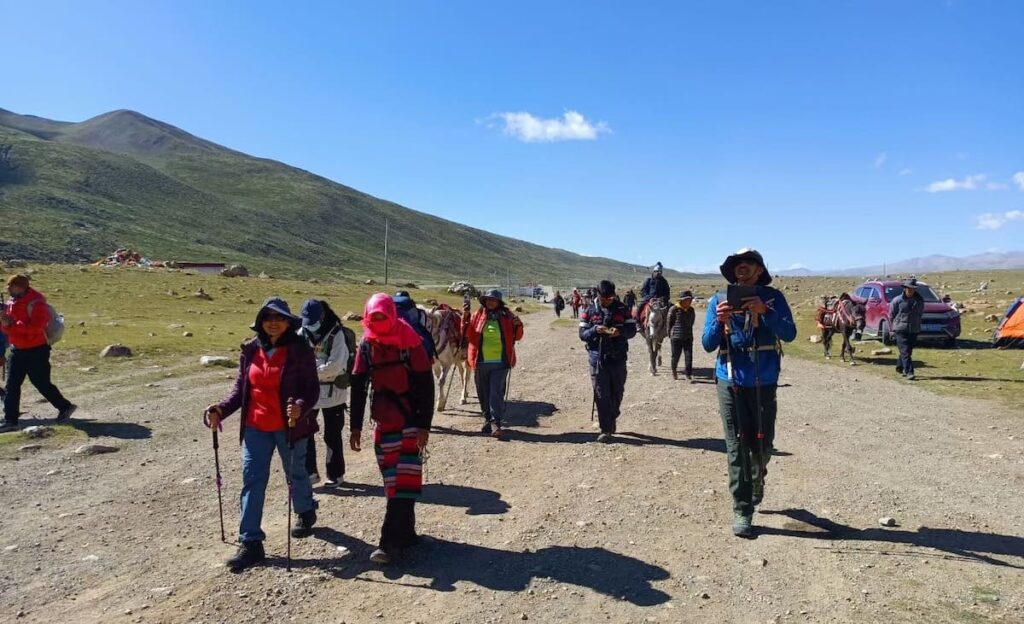
5. Tibetan Festivals:
If your visit aligns with Tibetan festivals, such as Losar (Tibetan New Year) or the Saga Dawa Festival, seize the opportunity to witness colorful celebrations, traditional performances, and religious ceremonies.
6. Thangka Painting Workshops:
Engage in hands-on experiences like Thangka painting workshops. Thangkas are traditional Tibetan scroll paintings depicting Buddhist deities, scenes, or mandalas. Learn about this intricate art form from skilled local artists.
7. Tibetan Opera Performances:
Attend a Tibetan opera performance for a cultural extravaganza. Traditional Tibetan opera combines colorful costumes, vibrant music, and symbolic gestures, offering a unique window into Tibetan performing arts.
8. Yamdrok Lake and Namtso Lake:
Venture beyond Lhasa to the pristine Yamdrok Lake and Namtso Lake. These turquoise lakes, surrounded by snow-capped mountains, are considered sacred. Experience the serenity and natural beauty while learning about the local nomadic culture.
9. Homestay Experiences:
Immerse yourself in Tibetan hospitality by opting for a homestay experience in a traditional village. Share meals, participate in local activities, and gain insights into daily life from a more intimate perspective.
10. Tibetan Cuisine:
Delight your taste buds with Tibetan cuisine. Try traditional dishes like momos (dumplings), Thukpa (noodle soup), and yak butter tea. Exploring local food adds a flavorful dimension to your cultural journey.
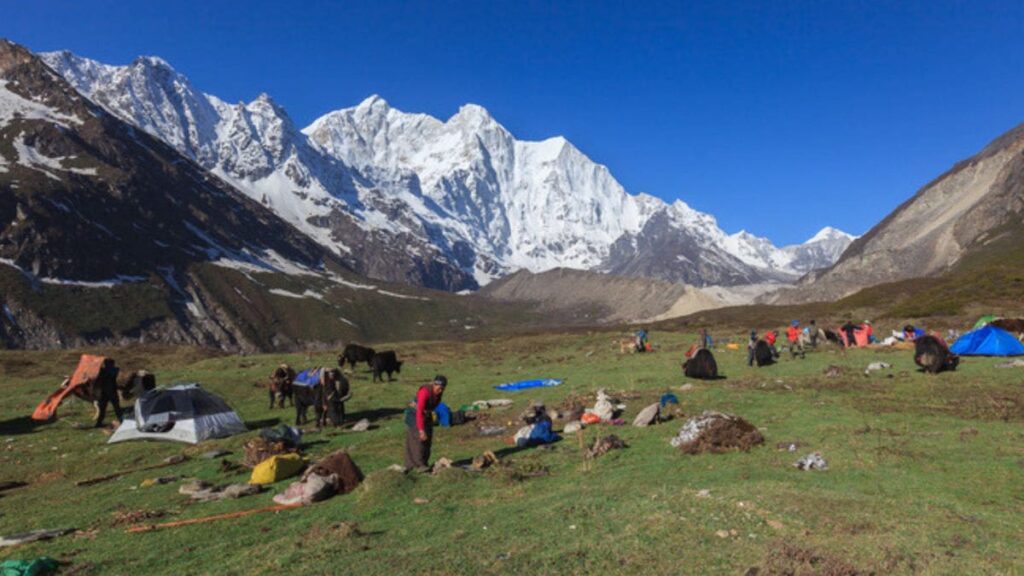
11. Ceremonial Offerings and Pilgrimages:
Observe ceremonial offerings and pilgrimages at sacred sites. Witness the devotion of pilgrims as they prostrate and make offerings, gaining a profound understanding of the spiritual practices woven into Tibetan daily life.
A Tibetan cultural tour promises a soul-stirring experience, allowing you to connect with the spirituality, art, and traditions that define this unique region at the top of the world.
Tibet Trekking Adventures
Embarking on a trekking adventure in Tibet is a thrilling way to explore the pristine landscapes, towering mountains, and nomadic culture of the region. Here’s an elaboration on what to expect during trekking adventures in Tibet:
1. Ganden to Samye Trek:
One of the classic trekking routes in Tibet is the Ganden to Samye trek. This challenging yet rewarding journey takes you through high mountain passes, serene alpine lakes, and ancient monasteries. The trek typically spans about 4 to 5 days, offering stunning views of the Himalayas.
2. Everest Base Camp Trek:
For those seeking the ultimate adventure, the Everest Base Camp trek in Tibet is an iconic choice. This trek provides breathtaking views of Mount Everest and takes you through the Rongbuk Valley. The journey is physically demanding, but the awe-inspiring scenery makes it a once-in-a-lifetime experience.
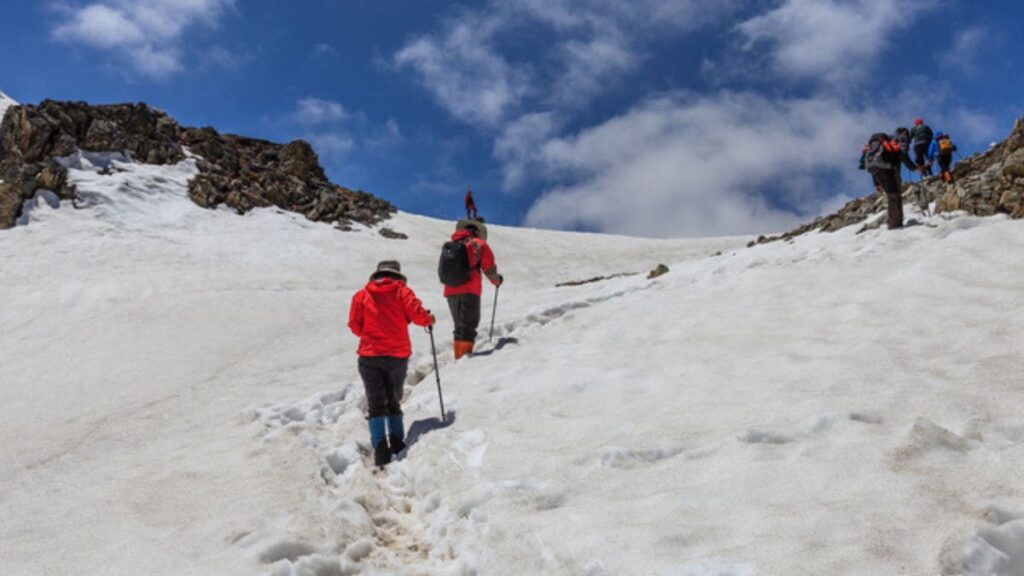
3. Kailash Mansarovar Circuit:
The Kailash Mansarovar trek is a sacred pilgrimage route that circumambulates Mount Kailash, a revered peak in Hindu, Buddhist, Jain, and Bon traditions. The trek is spiritually significant, and completing the circuit is believed to bring blessings. The trek usually takes around three days.
4. Namtso Lake Trek:
Explore the high-altitude wonders of Tibet with a trek around Namtso Lake. This trek offers stunning views of the crystal-clear lake, surrounded by snow-capped peaks. The journey provides a mix of challenging ascents and tranquil landscapes.
5. Tsurphu to Yangpachen Trek:
The Tsurphu to Yangpachen trek is a shorter option, taking around 4 days. The trek connects Tsurphu Monastery with Yangpachen Monastery, offering diverse landscapes, including alpine meadows and hot springs. It’s a great introduction to Tibet’s trekking possibilities.
High-Altitude Challenges:
Many trekking routes in Tibet involve high-altitude terrain, reaching elevations well above 4,000 meters. Adequate acclimatization is crucial to minimize the risk of altitude sickness. It’s recommended to spend a few days in Lhasa or other lower-altitude areas before embarking on a trek.

Camping and Teahouse Accommodations:
Depending on the trek, accommodation options vary. Some treks involve camping in the wilderness, providing a close-to-nature experience. In certain areas, teahouses along the route offer basic amenities for trekkers.
Yak Caravans and Nomadic Encounters:
Witness the traditional Tibetan way of life by encountering yak caravans along the trekking routes. You may also come across nomadic herders and their tents, gaining insights into their centuries-old lifestyle.
Permits and Guided Tours:
Obtain the necessary permits for trekking in Tibet, including the Alien Travel Permit and, if required, the Military Permit. Engaging a local guide or joining a guided trek is advisable for navigation, safety, and cultural insights.
Weather Considerations:
Weather conditions in Tibet can be unpredictable. Treks are generally best undertaken in late spring to early autumn when the weather is more stable. Winter treks are challenging due to cold temperatures and potential snowfall.
Trekking adventures in Tibet offer a unique blend of physical challenge, spiritual exploration, and unparalleled natural beauty. Whether you choose a shorter trek or an epic journey to Everest Base Camp, each step unveils the captivating allure of the Tibetan plateau.
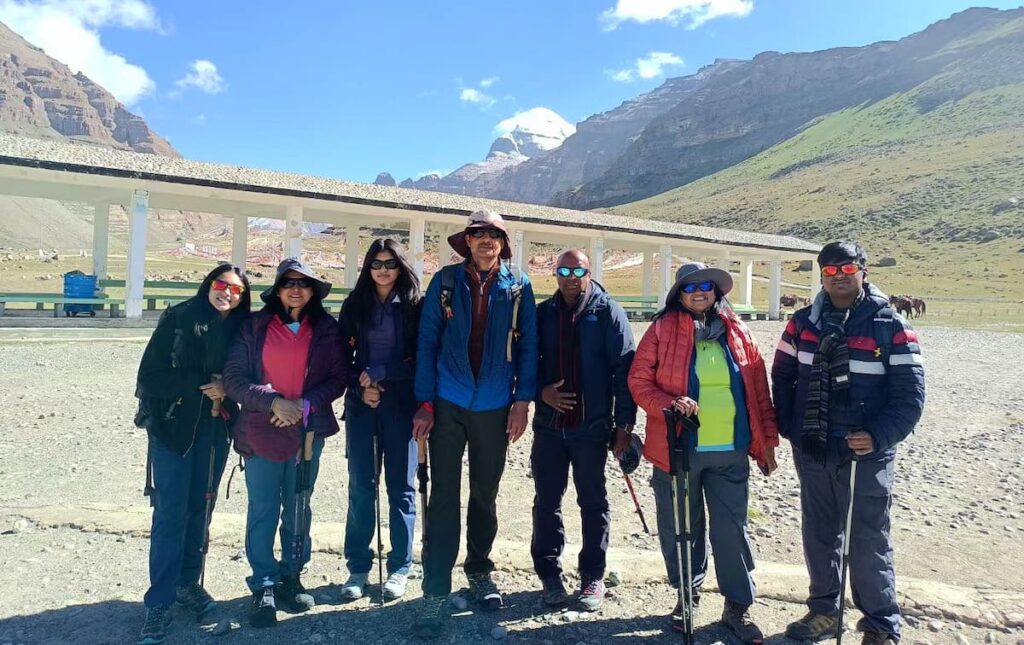
Conclusion
Embarking on a journey to Tibet requires careful planning and a sense of adventure. Whether you choose to fly, take the train, or embark on an overland adventure, the key is to embrace the unique culture, awe-inspiring landscapes, and spiritual richness that Tibet has to offer. By following these tips, you can ensure a fulfilling and unforgettable travel experience to the Roof of the World. Safe travels!
